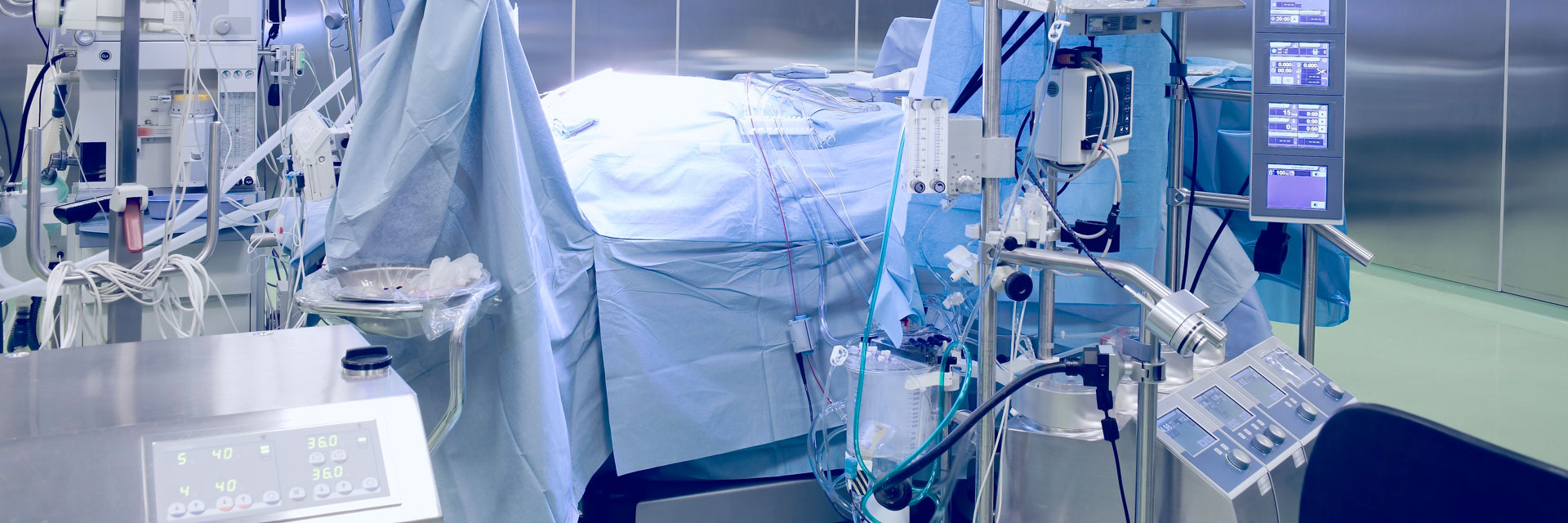

The protective effectiveness (challenge) test of cosmetics and personal care products is considered important in terms of ensuring the safety of the products before consumer use.
-testi.jpg)
According to the US Food and Drug Administration (FDA), it is the manufacturer's responsibility to verify the safety of both finished cosmetic products and ingredients prior to marketing. The ability of a preservative system to protect the product from microbial growth and spoilage is determined by the preservative efficacy (challenge) test of the complete formulation.
These tests are the most important type of test that a cosmetic company can do to protect their products. These tests allow cosmetic manufacturers and formulators to obtain clearer data on how their products will resist microbial attacks that are inevitable during consumer use. Testing cosmetics and personal care products is necessary to ensure stability, and cosmetic testing is an essential part of any product's stability testing regimen.
Advanced laboratories specialize in both industry standard test methods and custom methods based on those standards to assist companies with their protective testing requirements.
In this context, the following test methods are offered:
The effectiveness of preservatives used in cosmetic products is tested before opening the original packaging and during use by the end user so that they can remain microbiologically stable. With this test (challenge test), in which the protective effectiveness is examined, it is determined whether the product is protected with the preservatives used against any microbiological contamination and deterioration that the product will be exposed to before the original packaging is opened and during use.
The protective effectiveness (challenge) test is based on an artificial contamination created on the samples under laboratory conditions and the numerical data obtained for this contamination. The result of the test is determined by the logarithmic evaluation of the number of microorganisms in the artificially contaminated product at certain time intervals. In the tests, pseudomonas aeruginosa, staphylococcus aureus, escherichia coli and candida albicans microorganisms are inoculated under laboratory conditions.
Meanwhile, the ISO 11930 standard describes a procedure for interpreting data generated by a protection efficacy test or a microbiological risk assessment, or both, when assessing the overall antimicrobial protection of a cosmetic product.
Our organization also provides protective effectiveness (challenge) testing services within the framework of national and international standards, with its trained and expert staff and advanced technological equipment, among the numerous test, measurement, analysis and evaluation studies it provides for businesses in various sectors.
To get an appointment, to get more detailed information or to request an evaluation, you can ask us to fill in our form and reach you.